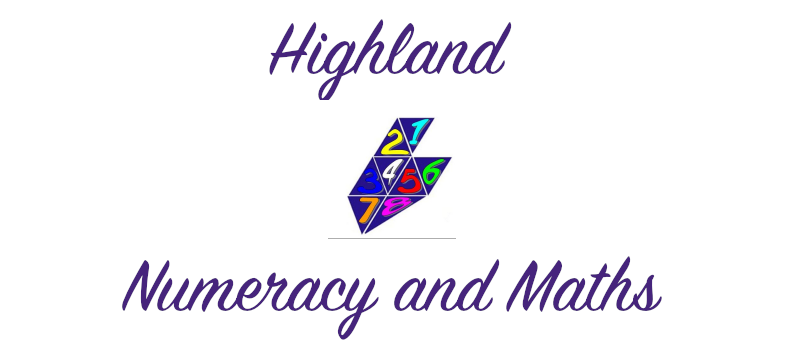8.3 Differences between the 1:1 Knowledge Assessments and the Digital Knowledge Assessments
The digital assessments and 1:1 assessments are not directly comparable for the reasons stated below but they should provide a similar overview.
Numeral Knowledge
- Due to the nature of the assessment, it is not possible to assess numeral identification and the assessment looks at the pupil's ability to write numerals presented to them in words (in writing and orally).
- Although they are similar tasks, you may see differences in the pupils' performance in the numeral knowledge task on the digital assessment and the numeral identification task on the 1:1 assessment.
Forward and Backward Number Word Sequence
- In the digital assessment, the pupils are able to see all the numerals visually. It should be noted that although it is made clear in the guidance notes that pupils may see the numerals visually in the 1:1 assessment if they need to, this is not the default assessment process and so this may result in slightly different results.
- In the 1:1 assessment, you can get a sense of whether pupils understand the number before and after or whether they can only work out the correct digits. In the digital assessment, pupils may be able to write down the correct digits and appear to understand the answer but this may not be an accurate reflection of their understanding.
Grouping and Place Value:
- In this assessment, in particular, it is easy to miss gaps in pupils' understanding if for example they have learnt a rote procedure for solving certain problems such as removing or adding zeros when multiplying or dividing by 10, 100 etc.
The assessment does not allow you to question them further on their understanding unless you make a point of asking them afterwards (which would be advisable to do for many pupils).
Basic Facts:
- You will get a sense of what pupils know and don't know but by doing the assessment digitally you will miss opportunities to see/hear the strategies pupils are using for problems they can work out but don't yet know as 'knowledge'. You will get a sense of this through the strategy assessments however sometimes you get further information when completing the basic facts assessments 1:1.
- As is stated elsewhere in this course, the same comments about the missing number problems in the 'Basic Facts' section above also apply here. If a pupil appears to know the basic facts being targeted e.g. doubling and halving within 20 but appears to be making mistakes as a result of the problem being presented in a less familiar context e.g. missing number problems e.g. ? - 7 = 7 (pupil may give response '0') or the equals sign in a different position (e.g. ? = 16 - 8), look at the range of answers they gave for questions that address the same area. This will allow you to establish exactly what the misconception is and ensure that these are addressed but, if all other areas are correct for the equivalent 'basic facts' (e.g. they could instantly tell you the answer to 14 - 7 = ?) then you don't need to lower the stage to that level.
To emphasise though, the difficulty does need to be addressed, but in most cases, this could just as easily be done by working on it with whichever basic facts they are having difficulty with.
